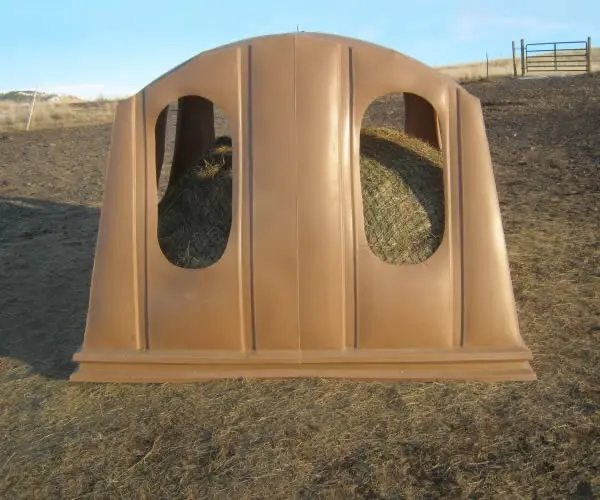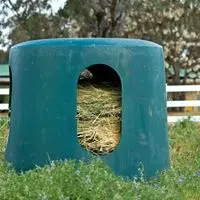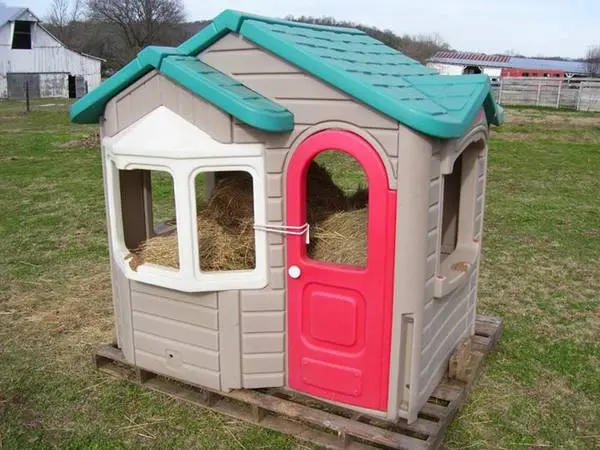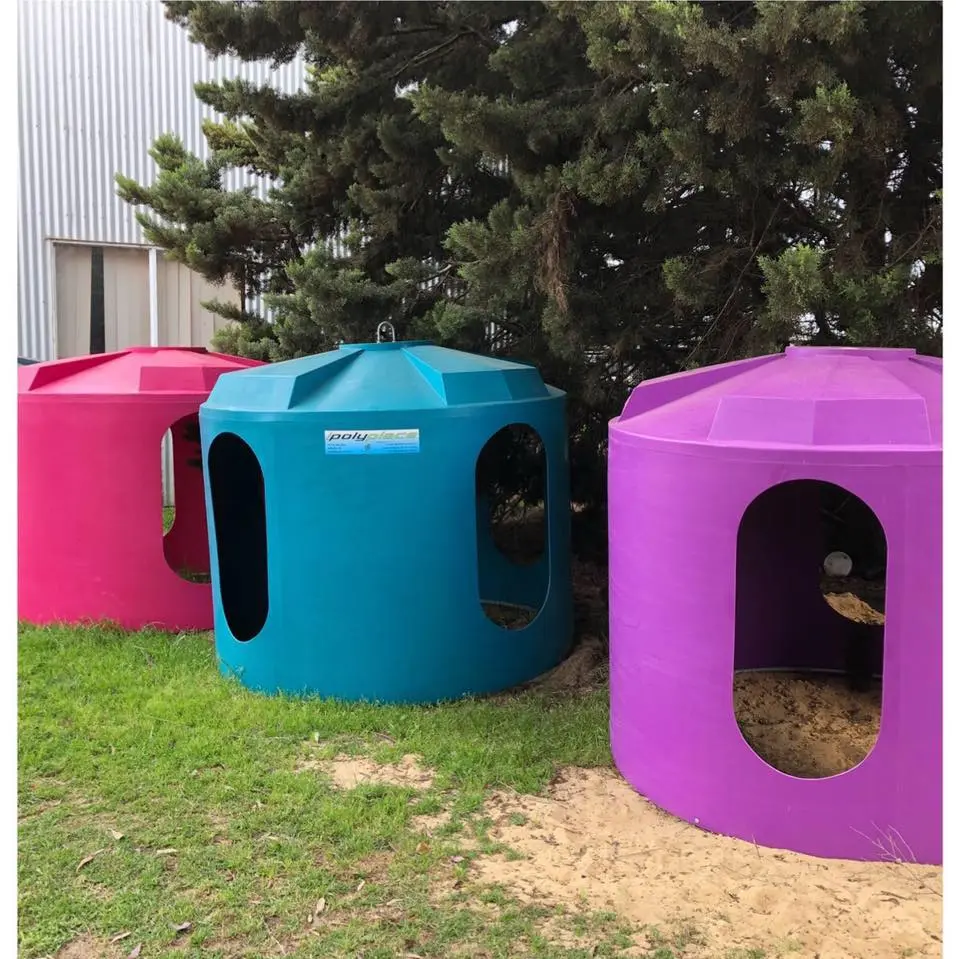Where to start.
So you want to know more about the hay hut horse feeder, do ya? … Well, you have come to the right place. We at Livestock Equipment Canada have put together a compilation of all things Hay hut horse feeder related, from pros and cons to feeder comparisons, it’s all here.
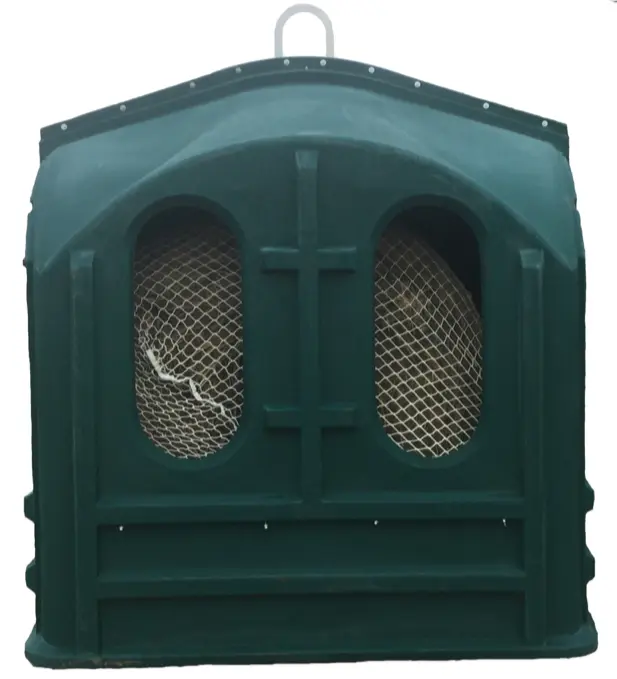
Of course there is a shortcut.
However, if you don’t want to take the time and read our blog then click the link below to go directly to our website to purchase your very own HayHut, we will even deliver it right to your farm if you need. The whole point of this article is to give you the tools you need to decide which type of feeder is right for you, then give you the resources to see the differences between similar feeders for yourself.
First things first.
The most common question that we get is, “why should I get one?” That is one question that needs answering with a 2 part answer. First, It will stop your horses from wasting hay, and that means you will save $$money$$ in the long run. How much you will save has been exhaustively covered in a very comprehensive study done by the department of animal science at the University of Minnesota. The study is well worth the read, so here is a convenient link to it. Hayfeeder Study
Secondly, it improves the manners of your horses because they always have clean, fresh dry hay to eat, and they stop feeling the need to fight for food after a while. Along with the refined manners, you will be able to control weight gains by selecting an optional feed net to install in your new feeder.
The Negative Stuff.
COMPARE.
Finally, the big question of quality vs. cost comes into the picture. NO, all feeders are not the same, and as with anything else, a lower price means cheaper built with less quality and strength. In Canada, there are about three options available, sort of. The first is a one-piece design made by Bale Barn. They are over a thousand dollars, incorporate a one-piece design, and have a feed net option; however, only available in and around Calgary at the time this article was written. Next, we have the familiar xactics horse feeder, these are available mostly in Ontario and Quebec and cost just under one thousand dollars. There are differences in size and thickness, as well as the material used when comparing this directly to the original hay hut. The combination of those things allows for the reduced retail price.
Let’s talk about the bad stuff first so we can move on to all the positive things. Unfortunately, it’s one of those things, like absolutely everything with horses, the risk for injury is there. We can all agree that you can wrap a calm horse in bubble wrap, put them in a padded room, then stuff the room with pillows, and they will figure out a way to hurt themselves somehow. Our job is to figure out how to best mitigate those injuries and what our threshold for risk is. With that said, here are a few things that we feel need discussion.
The first and foremost problem we would like to discuss is not a feeder problem at all but the quality of the hay that is the problem. Respiratory issues like COPD, or Heaves, appear to be hereditary in nature and are amplified by dusty or moldy environments. Imagine for a moment your shiny new Hayhut in your pasture with a big round bale of dirty, moldy, dusty old hay inside. Now imagine your horse routing around up to its eyes, digging out the single piece of hay that it wants from the middle of the bale, all the while breathing in the dust and mold from the enclosed space of the hay hut, not a nice picture. However, it is not the hay huts fault. Integral bale nets help keep the horse’s nose out of the dust and also help with the straw poking them in the eyes.
However, there is nothing better than feeding good quality hay with proper moisture content. It is not recommended to feed a horse in ANY feeder if it suffers from Heaves. If a horse must reach up for his hay, they are more likely to breathe in the dust as he pulls the hay down. Also, they can’t expel mucus buildup when his head is up. If a horse with Heaves can’t be on pasture, he may do best on pellets; there are pellets formulated especially for horses with heaves.
Next, a common concern is mane rub or cuts on the face and neck from the opening. Although the openings of the feeders may have a rough or squared off edge, a bit of sandpaper on the edge of the opening will round the lip nicely. Openings on the Hay Hut horse feeder are large enough that your horse can enter and exit the feeder without having to scrape the edges or top of the opening. If your horse has these issues of mane or neck rub from the feeder, you need to find out why they are itching; Hay hut horse feeders are without a doubt the most convenient itching post EVER!!! What could be better for a horse than being able to itch AND eat at the same time? Fungus, mites, lice, mange, dirt, and bacteria all can cause a horse to feel itchy. Make sure to keep your horse’s mane well-groomed and clean at all times. Have your veterinarian check your horse thoroughly for skin problems. If your horse has a skin problem, such as a fungus, you may be able to use a special shampoo or prescription medication to treat the condition and stop the itch. If your horse isn’t itchy, he likely won’t be rubbing his mane out on the nice new Hay hut.
How tough is tough?
As always, we were saving the best unit until last … the ORIGINAL HAY HUT. The feeder that you came here to learn about, this feeder, although not indestructible, it is by far the strongest covered poly horse feeder on the market, and it is available throughout Canada at www.livestockequipment.ca. Our Hay hut horse feeder features a two-piece design for ease of transport and more installation options, for example, you can lag bolt two halves to the side of the barn. It also has a sturdy metal hoop on the top for easy lifting with a bale spear or fork. The optional hay net kit securely attaches the net all around the middle of the feeder and holds the center of the net to the roof, allowing bale changes without messing around with the net, it stays with the feeder and stretches over the bale when the feeder is set onto it. With a cost of just over one thousand dollars, it is close to the same price as the competition, so overall a better deal … bigger, stronger feeder for the same money, which seems like a win-win to us.

